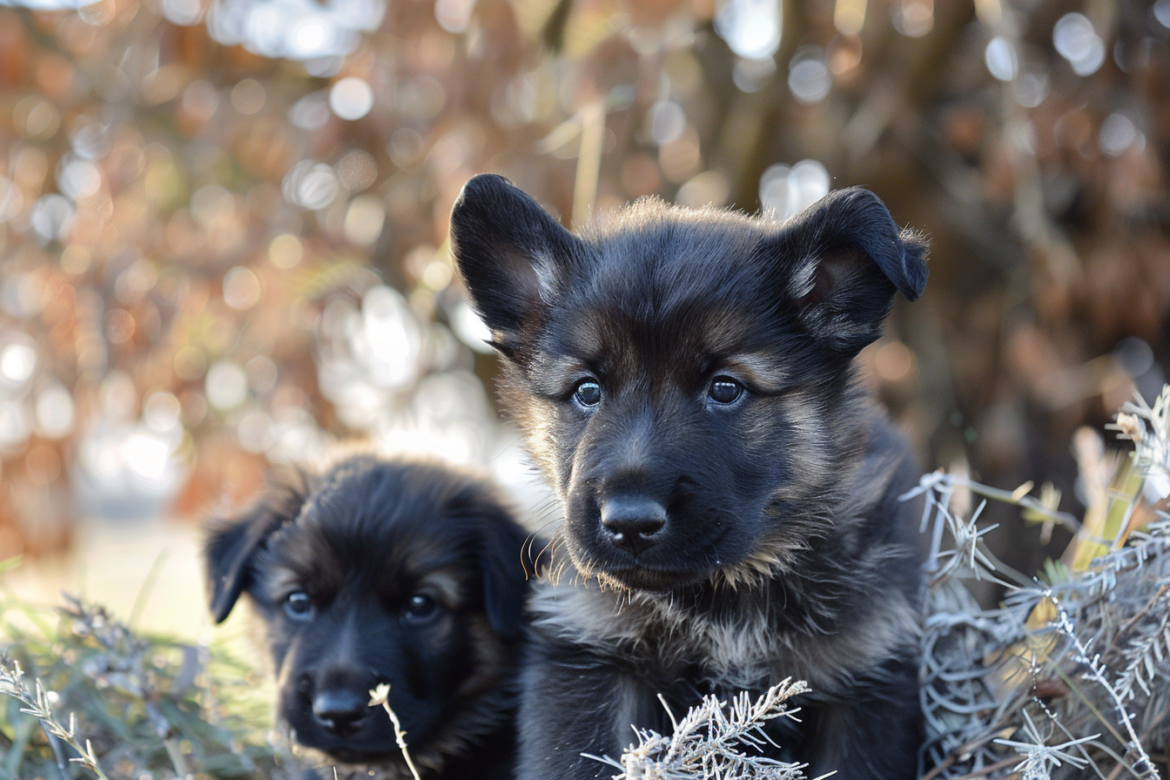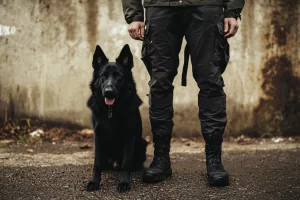Five Ways to Prevent Your German Shepherd Puppy from Crying During Crate Training
Crate training a puppy can be an essential part of their early development, offering them a safe space to rest and retreat. However, it’s not uncommon for German Shepherd puppies, known for their intelligence and sensitivity, to express their discomfort through crying. Learning how to prevent your puppy from crying during crate training can ensure a smoother transition and foster positive associations with the crate. Below are five effective strategies that can help your German Shepherd puppy feel more comfortable and confident while crate training.
1. Gradual Introduction to the Crate
One of the most effective methods to prevent your German Shepherd puppy from crying in the crate is to introduce it gradually. Many puppies cry because they feel isolated and unfamiliar with their new environment. By slowly acclimating your puppy to the crate, you help alleviate these feelings of anxiety.
Start by placing the crate in a common area of your home where the puppy can feel included yet observe the crate as part of their usual environment. Encourage your puppy to explore the crate voluntarily. Place enticing treats, favorite toys, or a comfortable blanket inside the crate to create a welcoming atmosphere. Allow your puppy to go in and out freely without closing the door at first to prevent any sense of confinement or fear.
Once your puppy seems comfortable with entering and exiting the crate, start practicing with the crate door shut for short periods. Gradually increase the duration as your puppy becomes more accustomed to the confinement. Be sure to give plenty of praise and treats each time they spend time in the crate. This positive reinforcement builds a positive association, reducing the likelihood of crying.
2. Creating a Positive Crate Environment
A crucial step in preventing crying is to ensure that the crate itself is a comforting and inviting space for your puppy. The crate should be inviting, safe, and reflective of your puppy’s den instincts. German Shepherds, like all dogs, have a natural inclination towards den-like environments that offer security and solace.
Invest in a crate that is appropriately sized for your German Shepherd puppy. The crate should be large enough for the puppy to stand, turn around, and lie down comfortably, but not so large that it encourages them to use one end as a bathroom area. To make the crate cozy, line it with a soft, chew-proof bed or mat.
Including items such as a favorite toy or a piece of your clothing can make the crate feel familiar and comforting. Your scent can be particularly reassuring to your German Shepherd puppy, providing a sense of closeness even while they are physically separated from you. Additionally, consider using a crate cover to dim the light and create a more den-like atmosphere, which can further help reduce anxiety and prevent crying.
3. Establishing a Consistent Crate Training Routine
Consistency is key when it comes to crate training your German Shepherd puppy. By establishing a consistent routine, you help your puppy understand what to expect, reducing anxiety and the likelihood of crying. Puppies thrive on routine, and a predictable schedule can offer them a sense of security.
Begin by setting a consistent feeding schedule, followed by regular potty breaks. Puppies often need to relieve themselves shortly after eating, drinking, playing, and waking up from naps. Once your puppy is familiar with their bathroom routine, incorporate brief crate sessions following these activities.
Introduce crate time gradually throughout the day rather than just during bedtime. Initially, place your puppy in the crate for short periods while you are at home and engaging in quiet activities nearby. This helps your puppy associate the crate with calm and relaxation rather than confinement and isolation. Gradually extend the duration of these sessions and always reward your puppy for calm behavior with treats and praise.
Ensure that the last activity before bedtime is a calm and relaxed one. Avoid vigorous play or stimulating activities right before putting your German Shepherd puppy in the crate, as this can make it more challenging for them to settle down.
4. Avoiding Reinforcement of Crying Behavior
One common mistake that puppy owners make during crate training is inadvertently reinforcing the crying behavior. It is crucial to understand that responding to your puppy’s cries by letting them out of the crate or giving them attention can teach them that crying is an effective way to get what they want.
When your German Shepherd puppy begins to cry in the crate, it can be heart-wrenching to ignore them. However, it is essential to resist the urge to immediately comfort them. Allow your German Shepherd puppy a moment to self-soothe. If they are crying for attention, wait for a brief pause in the crying before opening the crate or providing any comfort. This teaches your puppy that quiet behavior is rewarded, not crying.
It’s important to distinguish between crying for attention and crying because of a genuine need, such as needing to go to the bathroom. If your puppy is consistently crying at the same time each night, it may indicate a need to adjust their potty schedule. In such cases, take them out quickly and calmly, then return them to the crate without engaging in play or prolonged interaction.
Additionally, consider using a white noise machine or calming music to create a soothing environment and mask any household noises that might disturb your puppy, minimizing reasons for them to cry.
5. Gradually Building Up Crate Time
Building up the amount of time your puppy spends in the crate gradually is an effective strategy to prevent crying. Abruptly leaving your puppy in the crate for extended periods can result in anxiety and distress, leading to crying.
Start with very short periods, such as a few minutes, and keep the sessions positive. Use treats, toys, and praise to encourage your puppy to enjoy their time in the crate. Gradually, add a few more minutes each day as your puppy becomes comfortable.
During the initial stages, ensure that your puppy is engaged with a safe chew toy or puzzle toy filled with treats or peanut butter. These distractions not only keep your German Shepherd puppy entertained but also help them build positive associations with the crate.
Implement crate training sessions during various times of the day, not just overnight. Consistent practice during the day ensures that your puppy sees the crate as a regular part of their routine rather than a place of isolation when you are not around.
Building crate time should be done at your puppy’s pace. If your puppy seems comfortable with brief periods, gradually increase the duration. However, if your puppy shows signs of anxiety or distress, reduce the duration and revert to shorter crate times, slowly working back up as they become more comfortable.
Conclusion
Crate training your German Shepherd puppy requires patience, consistency, and positive reinforcement. By introducing the crate gradually, creating a comforting environment, establishing a consistent routine, avoiding reinforcement of crying behavior, and gradually building up crate time, you can help your puppy feel more secure and reduce crying. Crate training not only aids in housebreaking and preventing destructive behaviors but also provides your puppy with a safe and comfortable space they can call their own. With the right approach, crate training can be a positive and stress-free experience for you and your German Shepherd puppy, laying the foundation for a happy and well-adjusted canine companion.
Here at Czech Working Line, we believe these methods form a comprehensive and compassionate approach to crate training, ensuring that your German Shepherd puppy’s transition into their new home is smooth and joyful. By focusing on your puppy’s needs and reinforcing positive behavior, you establish a lasting bond built on trust and security.




